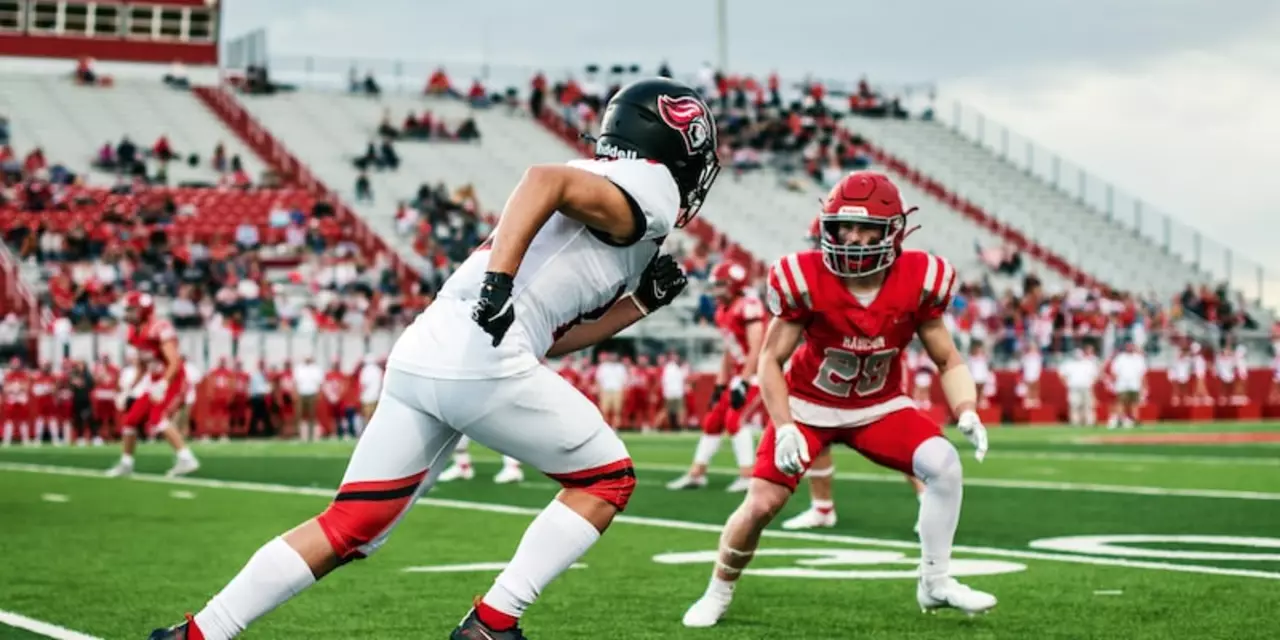Eligibility in Sports – What You Need to Know
Ever wonder why some players can step onto the field while others can’t? It often comes down to eligibility rules. These rules decide who’s allowed to compete, what age groups apply, and whether amateur status matters. Below we break down the most common eligibility questions so you can avoid surprise bans and stay in the game.
Age and Level Eligibility
Most organized sports set age brackets to keep competition fair. Youth leagues typically run in two‑year bands (U‑10, U‑12, U‑14, etc.), and the cut‑off date is usually the start of the season. If a kid turns 12 on March 1 and the season starts in September, they’ll stay in U‑12 for that year.
Adult amateur leagues often have a minimum age of 18, but some adult recreation leagues allow 16‑year‑olds with parental consent. Professional leagues have stricter limits – the NFL requires players to be three years out of high school, while the NBA allows a player to enter once they’re 19 and one year removed from high school.
Don’t forget residency rules. Many state or regional leagues require you to live in the area for a set period (usually six months) before you can join a team. This prevents “team swapping” just before playoffs.
Eligibility for College and Pro Leagues
College sports have the most complex eligibility system. In the U.S., the NCAA uses a combination of academic and amateur status checks. You need a minimum GPA, a set number of core courses, and you can’t have received pay for playing your sport before college. If you’ve played in a professional league abroad, you might lose a year of eligibility but can often still compete.
Scholarships add another layer. To keep a scholarship, athletes must maintain a certain credit load each semester and meet progress‑toward‑degree requirements. Falling short can mean losing both the scholarship and the right to play.
When you move to a pro league, the eligibility focus shifts to contracts and salary caps. You must be a free agent or be drafted according to league rules. Some leagues, like Major League Baseball, have a “service time” rule: a player must spend a specific amount of time on the major‑league roster before qualifying for free agency.
If you’re debating whether to go pro early or stay in college, weigh the financial upside against the loss of eligibility for college competition and education benefits. Many athletes sign a “pre‑draft agreement” that lets them return to school if they don’t make a team.
In short, eligibility isn’t just a box to tick; it’s a moving target that changes with age, location, academic standing, and league rules. Always check the latest handbook for your sport and league before signing up. Staying informed can save you from missing a season or losing a scholarship.
Got a specific eligibility question? Drop a comment, and we’ll help you sort it out. Knowing the rules means you spend more time playing and less time worrying about paperwork.

Can a 19-year-old play high school sports?
This article discusses whether 19 year olds are allowed to participate in high school sports. It states that the answer depends on the rules of the state and the individual school district. Most states have age eligibility rules that stipulate that a student must be under 19 years old by a certain date in order to be eligible to participate in high school sports. Some school districts also have their own rules which may allow 19 year olds to participate in certain sports. It is important to check with the school district and state to determine their specific rules. In conclusion, 19 year olds may be able to participate in high school sports depending on the individual state and school district rules.